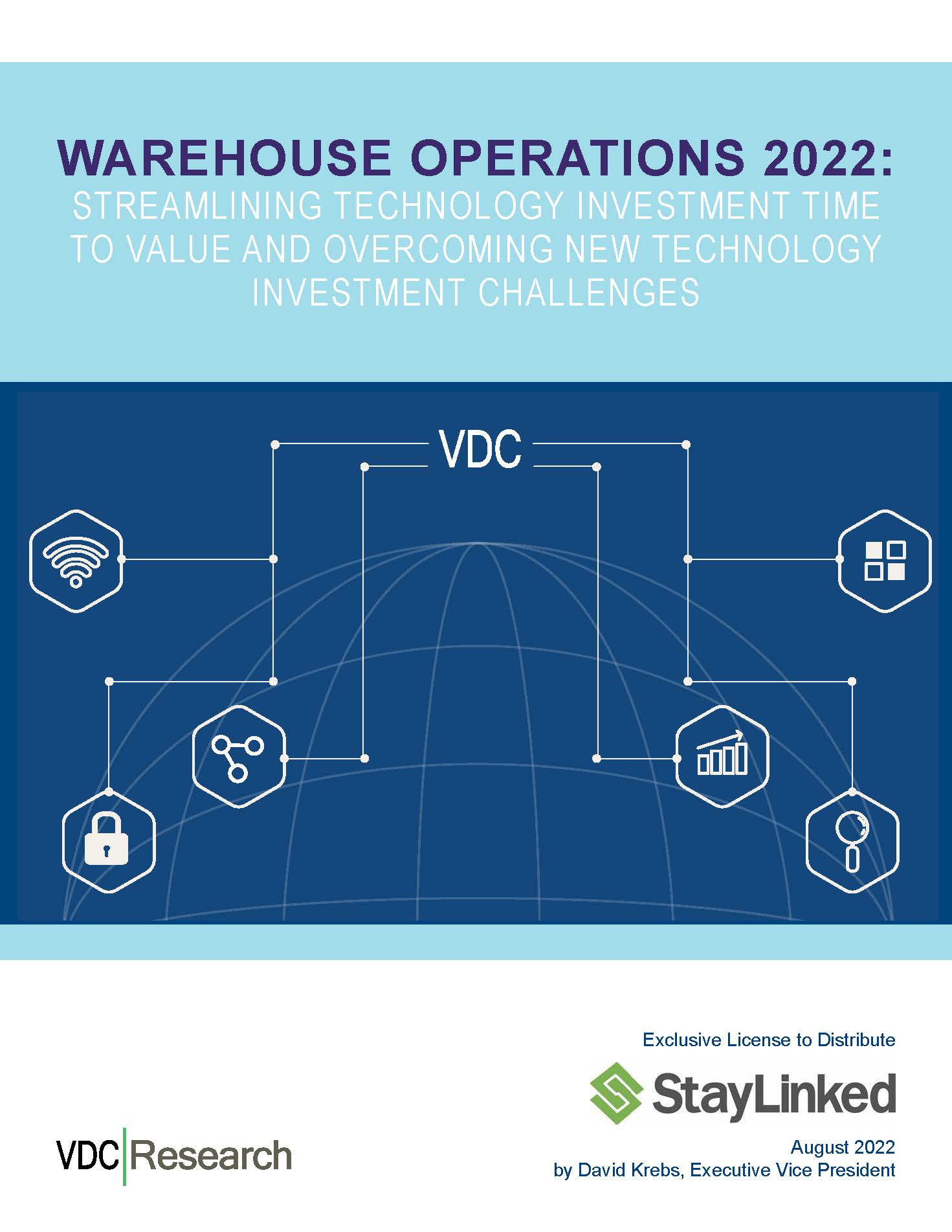BYD, a world-leading manufacturer of New Energy Vehicles and power batteries, revealed two exciting zero-emission eTrucks to European customers at the recent IAA Transportation 2022 event in Hanover
The two pure-electric trucks – the ETM6 7.5-tonne urban delivery truck and the ETH8 19-tonne truck designed for logistics and waste collection – feature BYD’s very latest technology for safe, reliable and efficient electric transport, and have been designed with European customers in mind.
A focal attraction of the BYD stand was the official European reveal of BYD’s new and highly adaptable eBus Blade Platform, incorporating the ultra-safe, and highly durable Blade Battery that it says is revolutionising battery electric transportation.
Expertise in battery and electronic technologies have been central to this, supported by BYD’s experience in new energy solutions. This knowledge, combined with an exceptional depth of research & development resources, has enabled BYD to master the core technologies of the entire industrial chain of new energy vehicles, such as power batteries, electric motors, electronic controls, and power semiconductors.
Such technological expertise and a relentless dedication to zero-emission electric mobility has been the foundation to BYD becoming a world-leading NEV manufacturer. BYD has built up an extensive global footprint in this sector that covers six continents, including more than 70 countries and over 400 cities, saving more than 12 million tonnes in carbon emissions. There are now more than 2.5 million BYD new energy vehicles on the road worldwide today, of which 90,000 are commercial vehicles.
Javier Contijoch, eBus Sales Vice President at BYD Europe Commercial Vehicles, said: “We are pleased to introduce BYD’s latest technological innovations to European customers, spanning eTrucks and eBuses. The launch of our eBus Blade Platform is especially exciting and represents further progression in electrification for this sector. We already enjoy solid relationships with many strategic partners and look forward to establishing more collaborations, to bring localised services and high levels of knowledgeable support and value to customers in Europe.
“We assist this further with BYD’s unique capability to offer total solutions supporting energy management and charging infrastructure. We see the future as electric, and through partnerships, we want to help European customers have the smoothest of journeys as they electrify their fleets.”
BYD is the first and only provider of 100% emissions-free full-market transport solutions in Europe, including an IFOY award-winning range of electric forklift trucks. For over two decades, BYD has been at the helm of technological innovation in pure-electric solutions for commercial transportation. BYD was the first company in the world to introduce fleet of commercial electric buses and has since evolved to become a world leader in this field.






